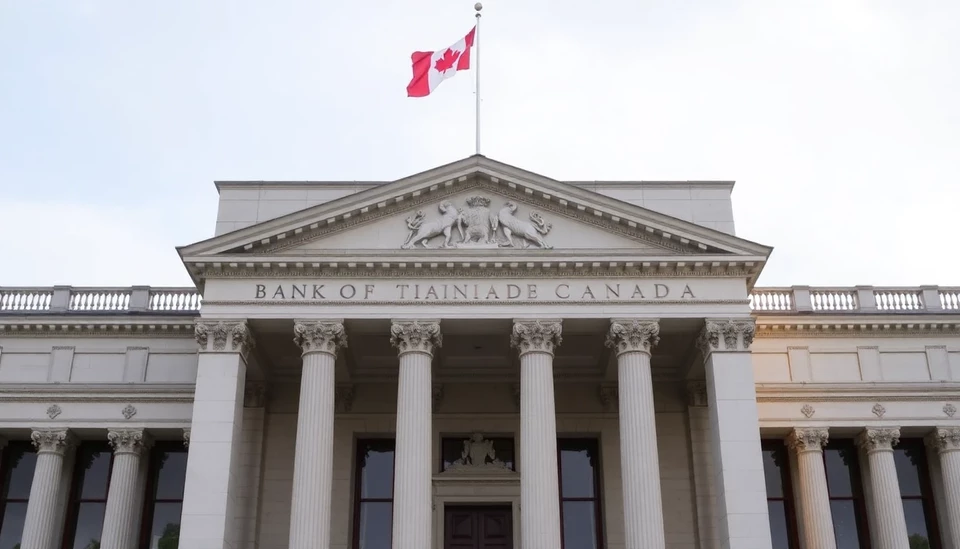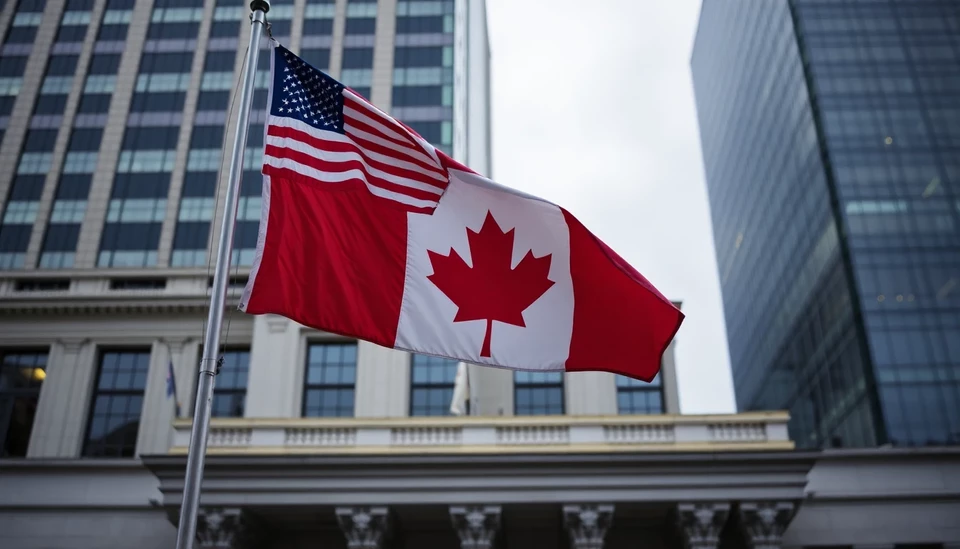
The Bank of Canada (BoC) is considering a significant reduction in its interest rates as the nation braces for the impacts of pending tariffs. As the economy shows signs of strain from both global economic challenges and domestic pressures, the central bank is weighing its response to safeguard growth. With inflation concerns on the rise and geopolitical tensions influencing markets, the upcoming decisions by the BoC could have substantial implications for Canada’s economic landscape.
Recent data indicates a slowdown in economic activity, prompting speculation about the BoC's next moves. The anticipated tariffs, particularly on imports from crucial trading partners, threaten to exacerbate existing inflationary pressures while potentially curbing consumer spending and business investment. In this context, a rate cut could serve as a strategic measure to invigorate the economy and support consumers facing increasing prices.
Analysts predict that a rate cut could range from significant reductions to a series of smaller cuts, depending on how the situation unfolds. The primary goal would be to counteract the negative effects of tariffs on economic growth and inflation rates. If implemented, this could mark one of the most aggressive moves by the BoC in recent years, indicating a shift from the cautious monetary policy that dominated the previous period.
As the situation develops, the BoC is under pressure to balance short-term relief with long-term economic stability. The bank is conducting thorough assessments of market conditions, consumer behavior, and the overall economic outlook to inform its decisions. This deliberation comes at a time when financial markets are highly volatile, and investor confidence is shaky.
The upcoming weeks will be critical as the Bank of Canada prepares to make key policy announcements. Stakeholders, including businesses, consumers, and investors, are keenly watching how the BoC will navigate this complex landscape. The decision could not only reshape the immediate economic environment but also influence Canada’s position in global markets.
Moreover, the ramifications of any rate changes extend beyond Canada's borders, potentially impacting the wider North American economy. As regional economic interdependencies deepen, the actions taken by the Bank of Canada will be under intense scrutiny from both domestic and international observers.
In conclusion, the looming threat of tariffs, combined with weakening economic indicators, has placed the Bank of Canada at a crucial crossroads. As the central bank weighs its options, a substantial rate cut looms on the horizon, a move that reflects both the urgency of the situation and the challenges ahead.
#BankOfCanada #InterestRates #EconomicGrowth #Tariffs #Inflation #MonetaryPolicy #CanadaEconomy
Author: Laura Mitchell




